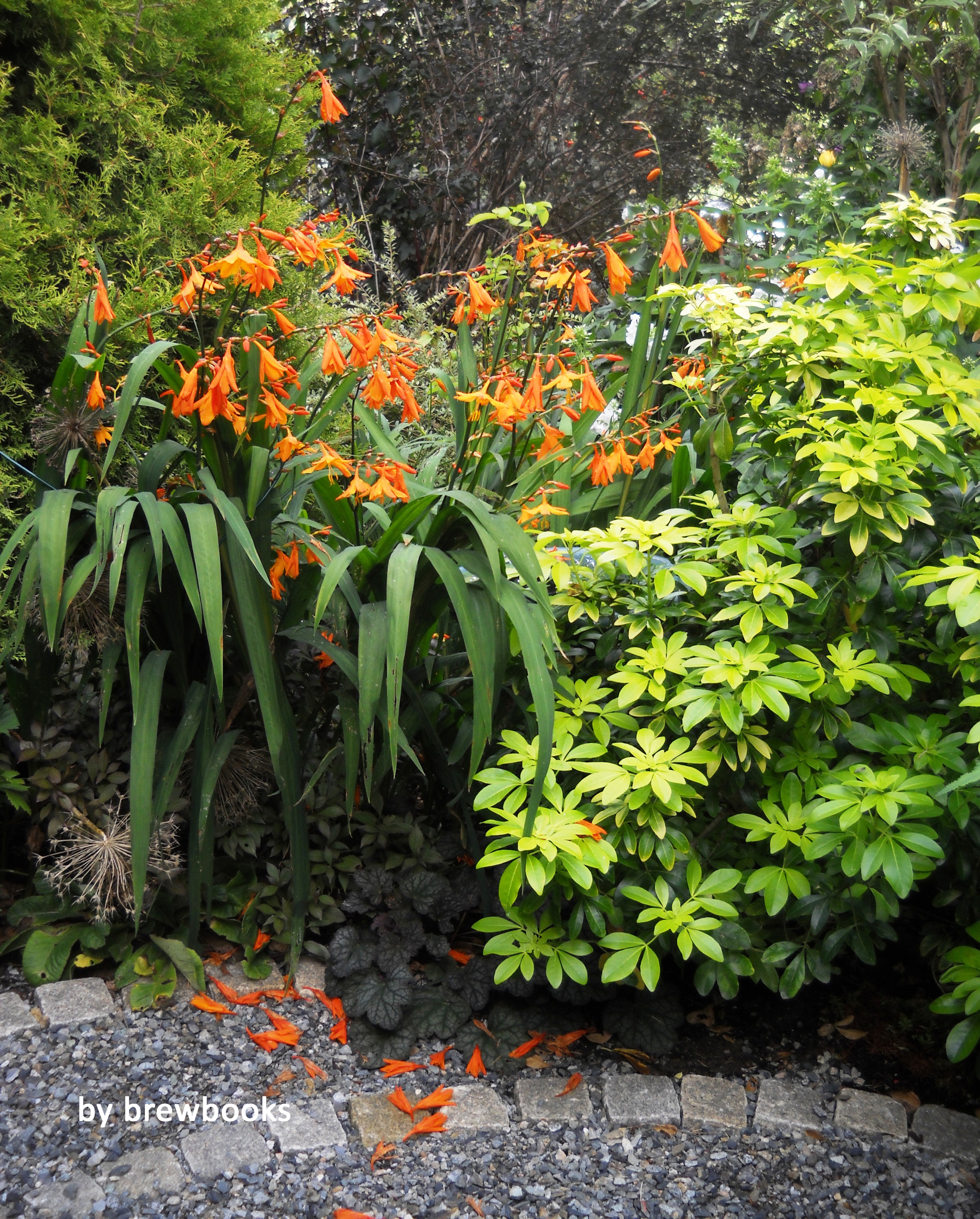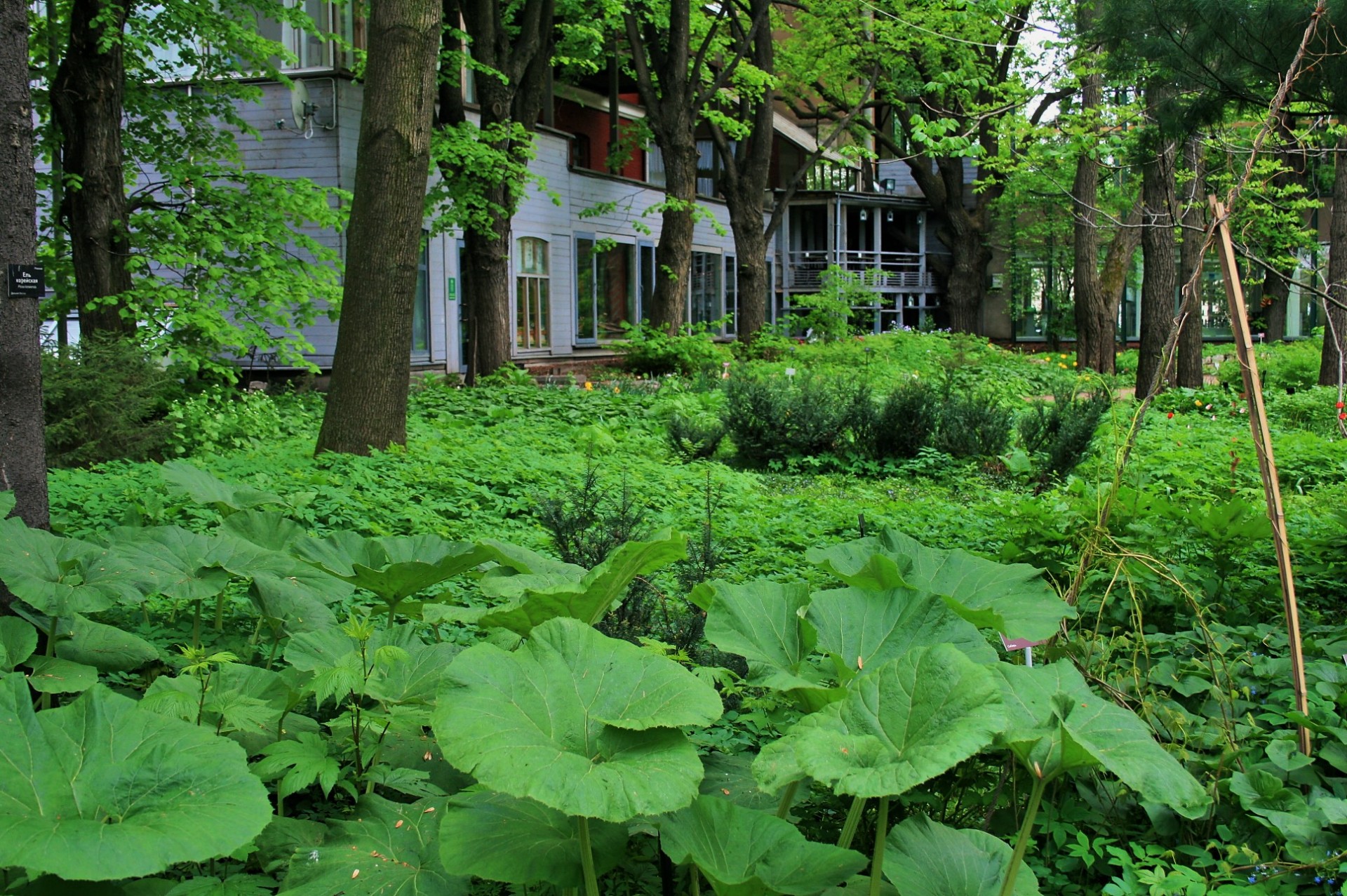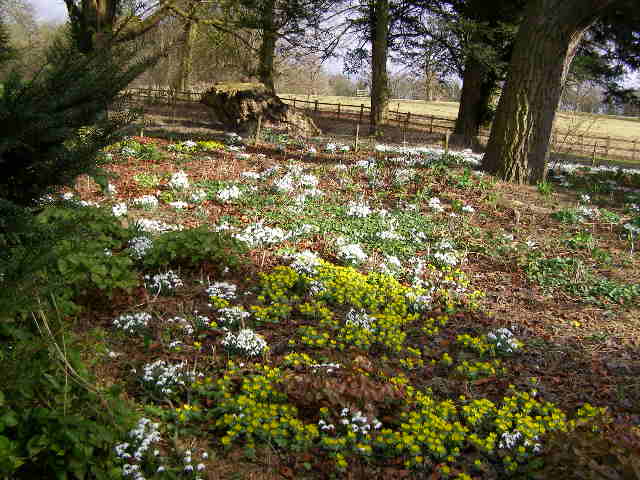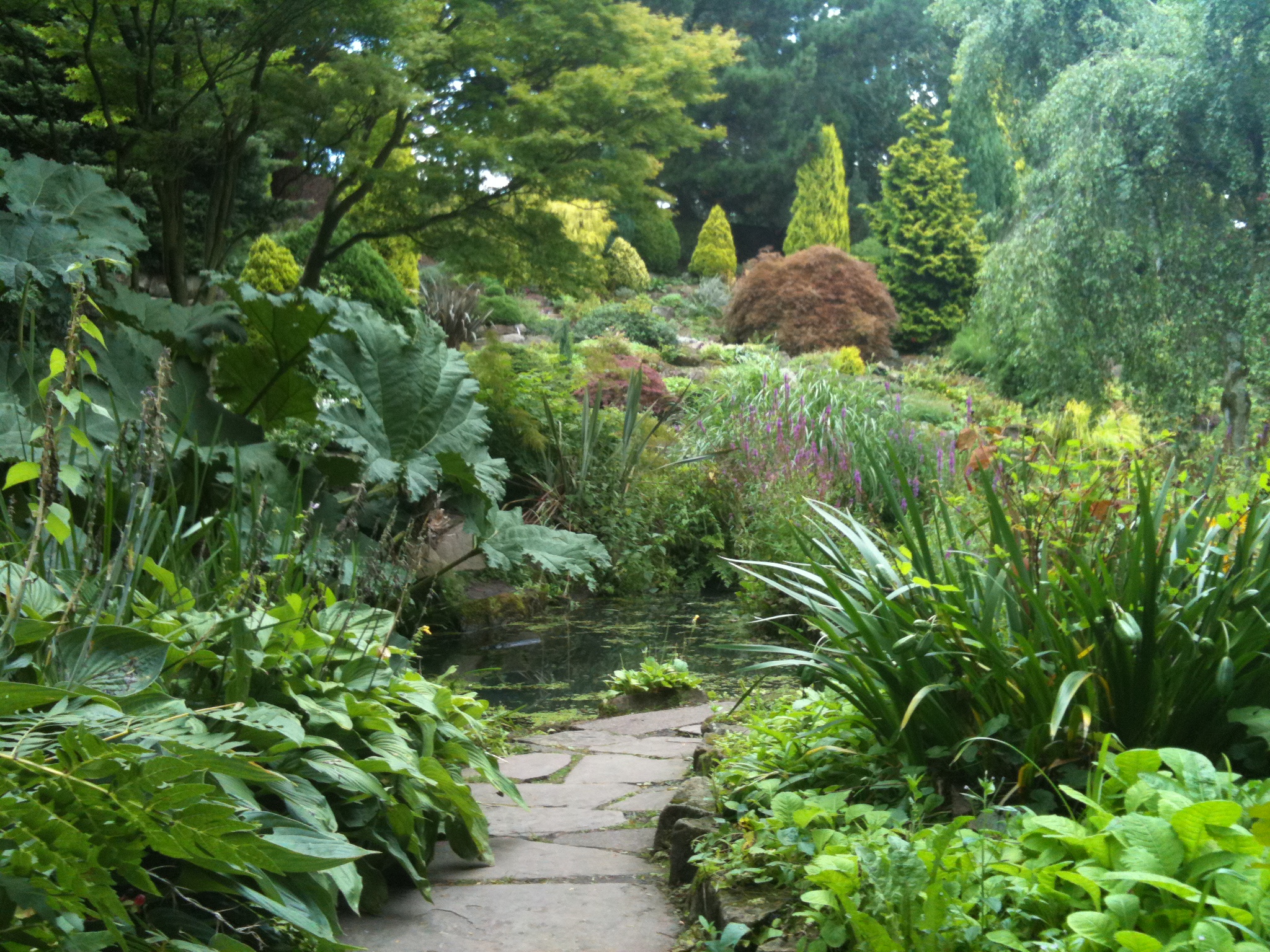Ask five “weekend gardeners” to name the plants they would put in a shade garden and you will most likely get a series of sighs and shrugged shoulders and then five variations of hosta, ferns, impatiens and begonias, with possibly a few caladiums thrown into the mix. The overall attitude usually implies that shade gardens are visually boring and have a limited plant palette.
While it is true that shade gardens typically don’t feature the riotous, nonstop colors of gardens in full sun, they do offer a refreshing, soul-soothing restfulness. By following a few basic design principles and then venturing beyond the typical big box store selections, your shade garden can become the highlight of your landscape — and your personal retreat.
When designing for a shade garden, it is important to think first in terms of form, texture and size of both the plants themselves and also their foliage since color from blooms and berries is typically fleeting. Here are a few points to consider.
Form refers to the shape of the individual plant, such as an upright, oval, pyramidal or spreading variety. Combining plants with different forms, planting a grouping of native grasses under a native dogwood for example, not only adds interest to the design, but it also serves to lead the eye through the design composition.
The form of the plant should also coincide with its function and should comfortably fit the size of the intended space. A shrub added to screen off an offending view should offer a dense, upright form while one planted to hint at what’s ahead should have a more open, see through structure.
In addition to studying the shape of the plant itself, the form of the foliage should also be considered when choosing varieties for a shade garden. Like the plants themselves, leaves can be upright and spikey, rounded and soft, heart-shaped, or jagged. Pairing contrasting shapes of foliage adds excitement and energy to the design; using plants with similarly shaped foliage throughout the garden can make it hard to differentiate among varieties and can become dull.
Texture relates to the surface appearance of a plant’s foliage, flowers, stems and bark. Texture is described being as coarse (sometimes called bold), medium or fine. Plants with bold texture tend to have a larger, heavier appearance than those with medium or fine texture. Most plants fall into the category of medium texture, with leaves that are neither overly large or extremely small. Many varieties of medium textured plants have simple shapes and smooth edges. Finely textured plants have small, delicate foliage that is often either thin and strappy, divided or feathery in nature. (Think grasses and ferns.)
Visually, coarse textures carry more weight than medium or fine textures; they tend to draw and hold the eye, but can be overwhelming if they become the dominant texture. On the other hand, without a good balance of bold and fine, fine textured plants can appear to recede, or disappear altogether. Using a selection of medium textured plants in a landscape helps to unify a design, linking together fine and coarse textured plants.
Foliage surfaces also play into texture. Leaf surfaces can be described as shiny, matte or fuzzy. Shiny leaves, like those on Bergenia, reflect light, brightening the garden in unexpected places. Fuzzy leaves act as excellent foils for shiny and matte foliage, creating contrasts that are intriguing to the eye.
Size, like form, applies to the plant itself as well as to the plant’s foliage and flowers. In a shade garden however, foliage size is especially important to consider. Many shade garden plants have very large leaves. (Because the amount of sunlight is limited, plants with more surface area can catch more of the sun’s rays and produce more of the energy needed to survive.)
Pairing larger- leafed plants with smaller, dainty-leafed ones creates a striking combination and reduces light seeking competition.
Color does, indeed, exist in a shade garden! Bursts of seasonal colors emerge from spring bulbs and ephemerals, flowering trees and shrubs, shade loving annuals and tropicals,
but the predominant colors of the garden throughout the growing seasons are shades of green. To create a quiet, contemplative atmosphere, select plants with foliage in similar shades of green.
For a more dynamic garden, choose greens that strongly contrast with each other.
To brighten a garden space, use plants with variegated NMl, especially those with white, cream or yellow markings.
For a dramatic effect, look for plants that have red, purple or burgundy foliage.
The task of converting a dark and barren patch of ground into an inviting shade garden can be a daunting task to the novice. Armed with information about the site, a vision for the end product and the tenacity to find the right combinations of forms, textures, sizes and colors, the possibilities for success are endless.
















